Home>Garden Essentials>How To Make Bird Seed Blocks Without Gelatin
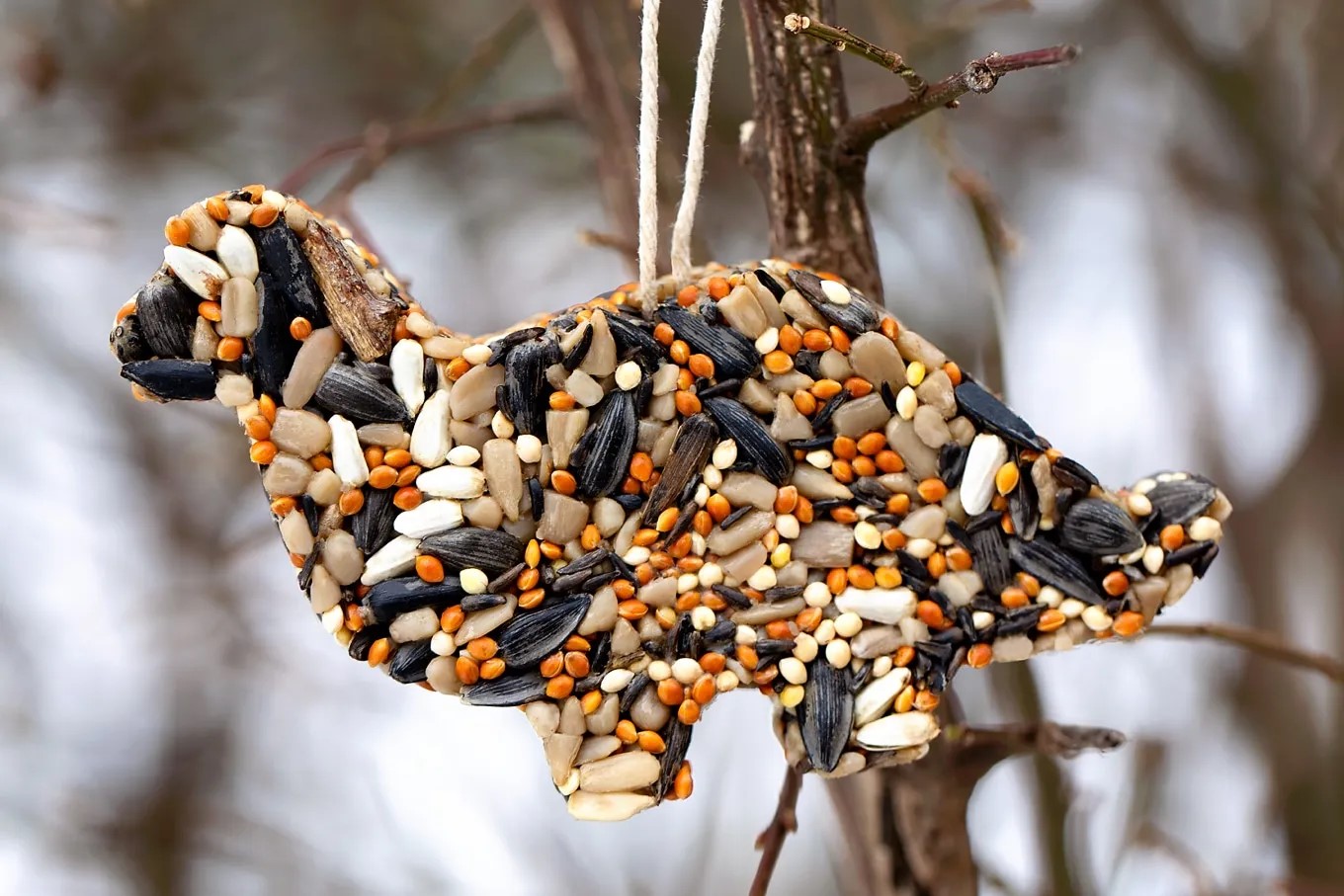

Garden Essentials
How To Make Bird Seed Blocks Without Gelatin
Modified: March 16, 2024
Learn how to create delicious bird seed blocks for your garden without using gelatin. Enjoy attracting a variety of birds to your outdoor space!
(Many of the links in this article redirect to a specific reviewed product. Your purchase of these products through affiliate links helps to generate commission for Storables.com, at no extra cost. Learn more)
Introduction
Welcome to the wonderful world of bird watching and bird feeding! Attracting birds to your garden can be a rewarding and enjoyable hobby. One way to entice these beautiful creatures to visit your outdoor space is by offering them bird seed blocks. These blocks are not only a great source of nutrition for birds, but they also provide entertainment for bird enthusiasts of all ages.
However, if you have been researching how to make bird seed blocks, you may have come across recipes that use gelatin as a binding agent. Gelatin is derived from animal by-products and may not be suitable for those who follow a vegetarian or vegan lifestyle. Additionally, some individuals may have dietary restrictions or ethical concerns regarding the use of gelatin. But not to worry! In this article, we will explore how to make bird seed blocks without gelatin, ensuring that everyone can enjoy the process of attracting avian visitors to their gardens.
Key Takeaways:
- Make bird seed blocks without gelatin using peanut butter, honey, and bird seed. It’s easy, fun, and suitable for everyone, including vegetarians and those with dietary restrictions.
- Attract birds to your garden by offering a variety of food, water sources, native plants, and shelter. Keep a clean and safe environment for our feathered friends to thrive.
Read more: How To Make Bird Seed Blocks With Gelatin
What is Gelatin and Why Avoid It?
Gelatin is a protein substance derived from collagen, which is obtained from various animal body parts such as skin, bones, and connective tissues. It is commonly used as a thickening and gelling agent in various food products, including desserts, gummy candies, and even some bird seed blocks recipes. While gelatin is generally considered safe for consumption, there are reasons why some people choose to avoid it.
Firstly, gelatin is derived from animal sources, making it unsuitable for those following a vegetarian or vegan lifestyle. Many individuals have ethical concerns regarding the use of animal by-products in their daily lives, and avoiding gelatin is one way to align with their beliefs.
Additionally, gelatin may not be suitable for individuals with specific dietary restrictions or allergies. Some people may be allergic to the proteins found in animal-derived gelatin, experiencing adverse reactions such as itching, hives, or digestive issues upon consumption. Others may follow religious dietary laws that restrict the consumption of animal-derived products.
By avoiding gelatin in your bird seed blocks recipe, you can ensure that your bird feeding activity is inclusive and suitable for everyone, regardless of their dietary preferences or restrictions.
Ingredients for Bird Seed Blocks
Creating bird seed blocks without gelatin is easier than you might think, and you only need a handful of simple and readily available ingredients. Here are the ingredients you will need:
- Bird Seed: The main component of bird seed blocks is, of course, bird seed itself. You can find various types of bird seed blends specifically made for wild birds at your local pet store or garden center. Opt for a mix that contains a variety of seeds to attract a diverse range of bird species.
- Peanut Butter: Peanut butter is used as the binding agent in this recipe. It not only helps hold the ingredients together but also adds a healthy dose of protein and beneficial fats for the birds.
- Corn Syrup or Honey: To further enhance the binding properties and add a touch of sweetness, you can use either corn syrup or honey. These natural sweeteners will help the bird seed blocks form into solid shapes and provide a tasty treat for your feathered friends.
- Dried Fruit or Nuts (optional): If you want to add some extra nutrition and flavor to your bird seed blocks, you can include dried fruit or nuts. Chopped dried cranberries, raisins, or chopped nuts like almonds or peanuts can be a delightful addition that birds will enjoy.
That’s it! With just a few simple ingredients, you can create bird seed blocks that are both nutritious and enticing to our avian friends.
Step-by-Step Instructions
Now that you have gathered all the ingredients, it’s time to dive into the process of making bird seed blocks without gelatin. Follow these simple step-by-step instructions:
- In a large mixing bowl, combine the bird seed and dried fruit or nuts (if using). Mix well to distribute the ingredients evenly.
- In a separate microwave-safe bowl, microwave the peanut butter and corn syrup or honey together for about 30 seconds, or until they are well combined and melted.
- Carefully pour the melted peanut butter mixture into the bowl of bird seed. Mix thoroughly until all the bird seed is coated and sticky.
- Line a baking pan or dish with parchment paper or greased foil.
- Transfer the mixture into the lined pan, pressing it firmly and evenly to create a compact layer.
- Place the pan in the refrigerator for at least 1 hour or until the mixture has hardened and set.
- Once the bird seed block is firm, remove it from the pan and cut it into desired shapes using a sharp knife or cookie cutters.
- Allow the bird seed blocks to fully harden by leaving them out at room temperature or placing them back in the refrigerator.
- Your bird seed blocks are now ready to be hung or placed in your garden for the birds to enjoy!
Remember to avoid using any tools or materials that may have come in contact with harmful substances such as chemicals or cleaning agents. It’s important to prioritize the birds’ safety and well-being by using clean and bird-friendly materials throughout the process.
Enjoy the satisfaction of creating your own bird seed blocks and watching as your feathered friends flock to enjoy the tasty treats you’ve provided for them!
To make bird seed blocks without gelatin, use a mixture of peanut butter and corn syrup as a binding agent instead. This will hold the bird seed together and provide a tasty treat for the birds.
Alternative Binding Agents
If you prefer to avoid using peanut butter or are looking for alternative binding agents for your bird seed blocks, there are several options you can consider. Here are a few alternatives:
- Coconut Oil: Coconut oil is a plant-based oil that solidifies at room temperature, making it a suitable replacement for peanut butter. Melt the coconut oil and mix it with corn syrup or honey before adding it to the bird seed mixture.
- Applesauce: Unsweetened applesauce can be used as a natural binding agent. It may not be as sticky as peanut butter, so you may need to add a bit more to achieve the desired consistency.
- Agave Nectar: Agave nectar is a sweetener derived from the agave plant. It has a sticky texture and can work well as a binder for bird seed blocks.
- Seed Butter: If you have any seed butter, such as sunflower seed butter or pumpkin seed butter, on hand, you can use it as a substitute for peanut butter. It will provide a similar binding effect.
When using alternative binding agents, it may be necessary to adjust the quantities slightly to achieve the right consistency. The goal is to have a mixture that holds together when pressed, ensuring the bird seed blocks maintain their shape.
Feel free to experiment with different combinations and ratios of binding agents until you find the one that works best for you. Just make sure that the chosen alternative is safe for birds and does not contain any harmful additives.
Remember, the primary goal is to provide a nutritious and enticing treat for our feathered friends without compromising on their well-being.
Read more: How To Make A Bird Seed Block
Tips for Attracting Birds
Now that you know how to make bird seed blocks without gelatin, let’s explore some additional tips to help you attract birds to your garden:
- Provide a Variety of Food: Alongside bird seed blocks, offer a diverse range of bird feeders with different types of bird seed, suet, and nectar. This will attract various bird species with different feeding preferences.
- Water Source: Birds need water not only for drinking but also for bathing and preening. Consider adding a birdbath or small shallow dishes filled with water to your garden to provide birds with a refreshing place to cool off or clean their feathers.
- Native Plants: Plant native flowers, shrubs, and trees in your garden. Native plants provide birds with natural food sources, including fruits, nectar, seeds, and insects.
- Offer Shelter: Trees, shrubs, and birdhouses provide birds with safe places to nest and rest. Create a bird-friendly habitat by providing suitable structures and vegetation for nesting and roosting.
- Keep it Clean: Regularly clean and maintain your bird feeders and birdbaths to prevent the spread of diseases. Replace bird seed regularly to ensure freshness and avoid attracting unwanted pests.
- Year-round Feeding: Birds need food throughout the year, not just during the winter months. Keep your feeders stocked and maintain a regular feeding schedule to attract birds throughout the seasons.
- Safe Environment: Minimize the use of pesticides and herbicides in your garden, as these chemicals can be harmful to birds and their natural food sources. Opt for organic and bird-friendly gardening practices.
- Observe and Learn: Take the time to observe the birds visiting your garden. Learn about their behavior, feeding preferences, and migration patterns. This knowledge will help you cater to their specific needs.
By following these tips, you can create a welcoming environment for birds and maximize their presence in your garden. Enjoy the sights and sounds of these magnificent creatures as they grace your outdoor space with their presence.
Conclusion
Creating bird seed blocks without gelatin is a simple and enjoyable process that allows you to provide nutritious and enticing treats for the birds that visit your garden. By using alternative binding agents such as peanut butter, coconut oil, or applesauce, you can ensure that everyone, regardless of dietary preferences or restrictions, can participate in the joy of attracting and feeding birds.
Remember to gather high-quality bird seed, and feel free to experiment with different ingredients and flavors to cater to a variety of bird species. Adding dried fruits or nuts can add extra nutrition and flavors that birds will appreciate.
In addition to making bird seed blocks, incorporating other bird-friendly features in your garden, such as providing water sources, planting native plants, and offering shelter, will help create an inviting habitat for birds to thrive in. Regularly maintaining bird feeders and keeping your garden free from harmful pesticides will also contribute to the well-being of our feathered friends.
Take the time to observe and learn about the birds that visit your garden. Appreciate their unique behaviors and enjoy the beauty they bring to your outdoor space. Making bird seed blocks is not only a way to attract birds, but it also allows us to connect with nature and take part in the conservation efforts to protect our avian friends.
So, gather your ingredients, get creative, and start making bird seed blocks that will not only bring joy to birds but also enhance your own appreciation for the natural world. Happy birding!
Frequently Asked Questions about How To Make Bird Seed Blocks Without Gelatin
Was this page helpful?
At Storables.com, we guarantee accurate and reliable information. Our content, validated by Expert Board Contributors, is crafted following stringent Editorial Policies. We're committed to providing you with well-researched, expert-backed insights for all your informational needs.
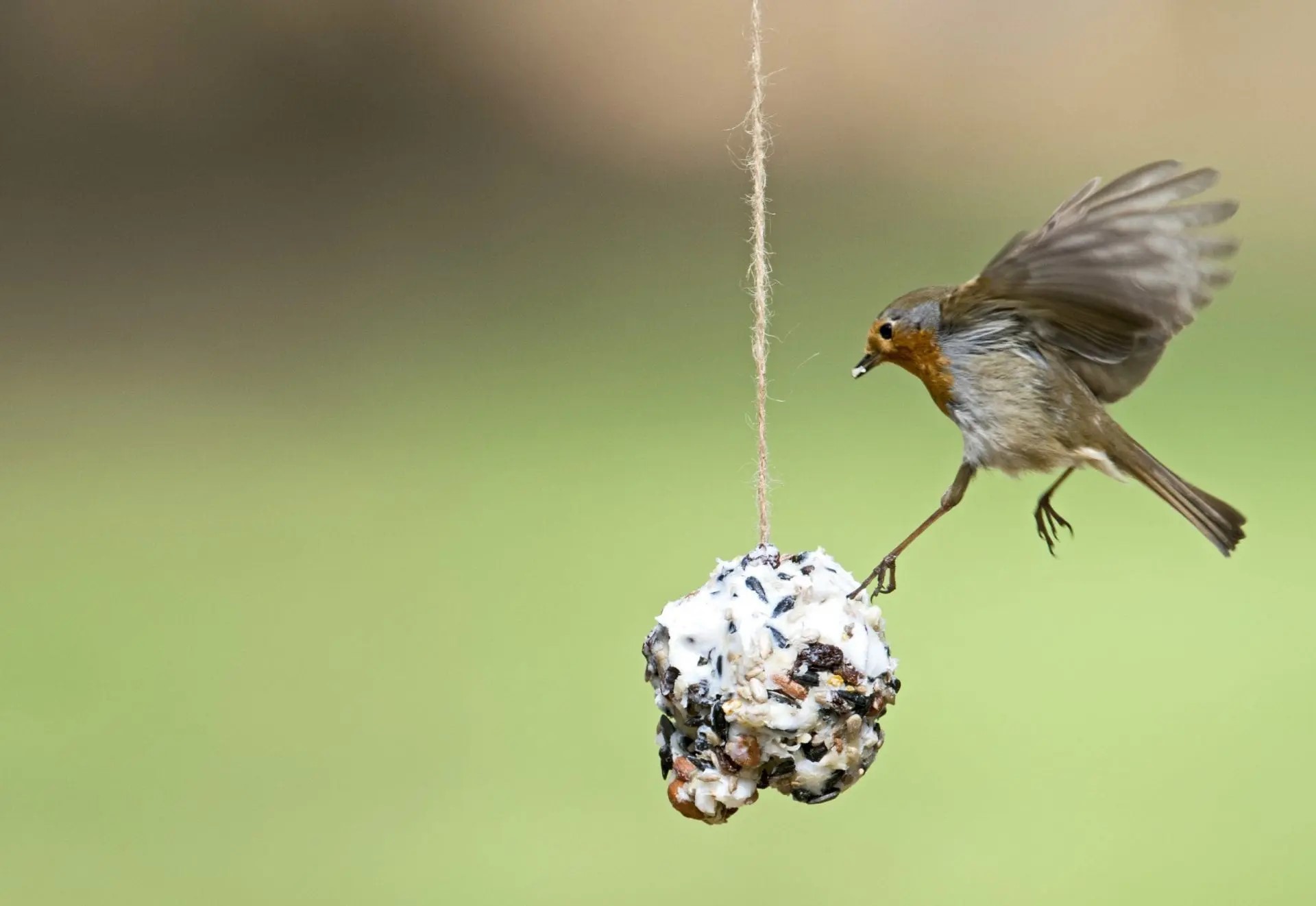
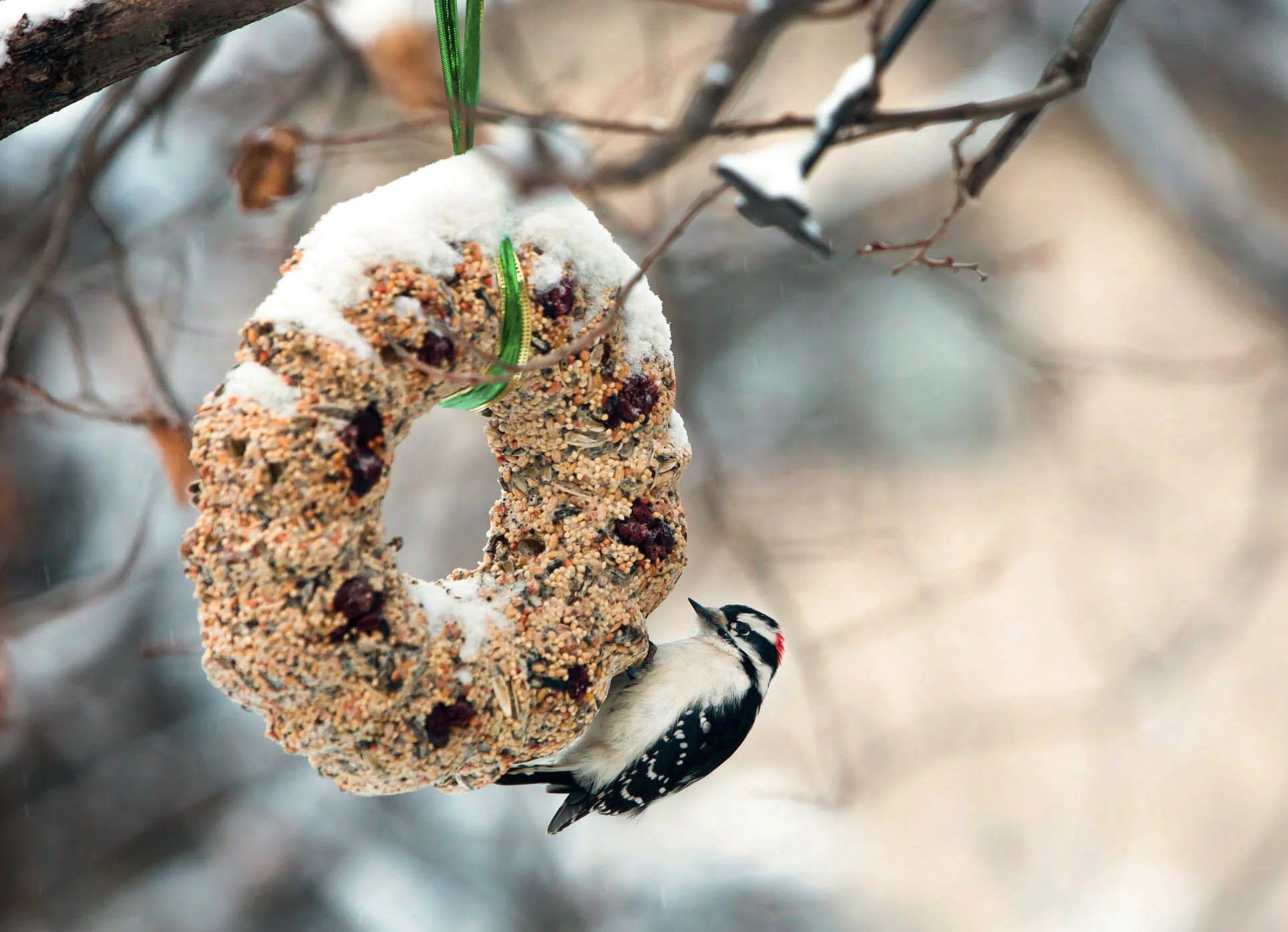
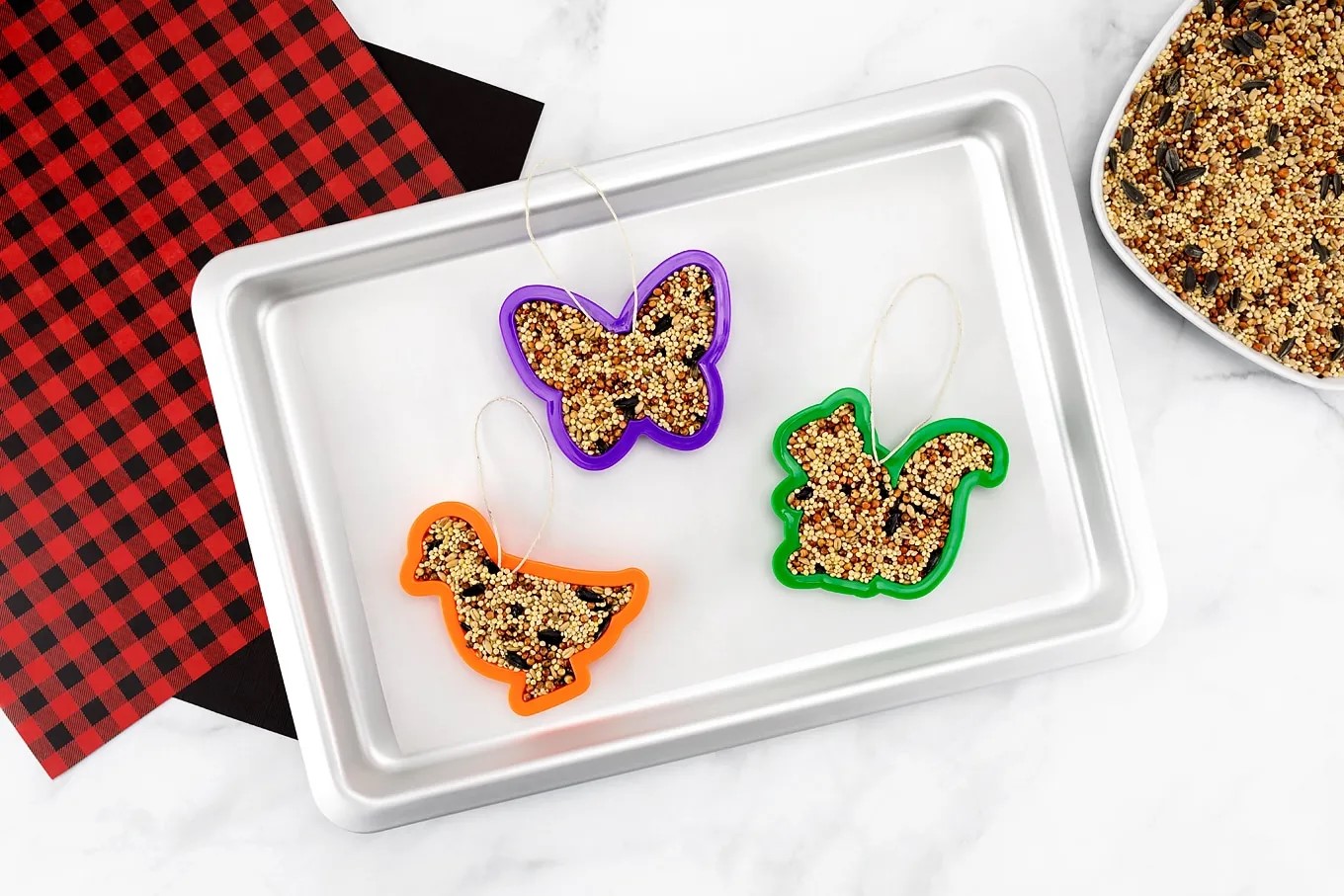
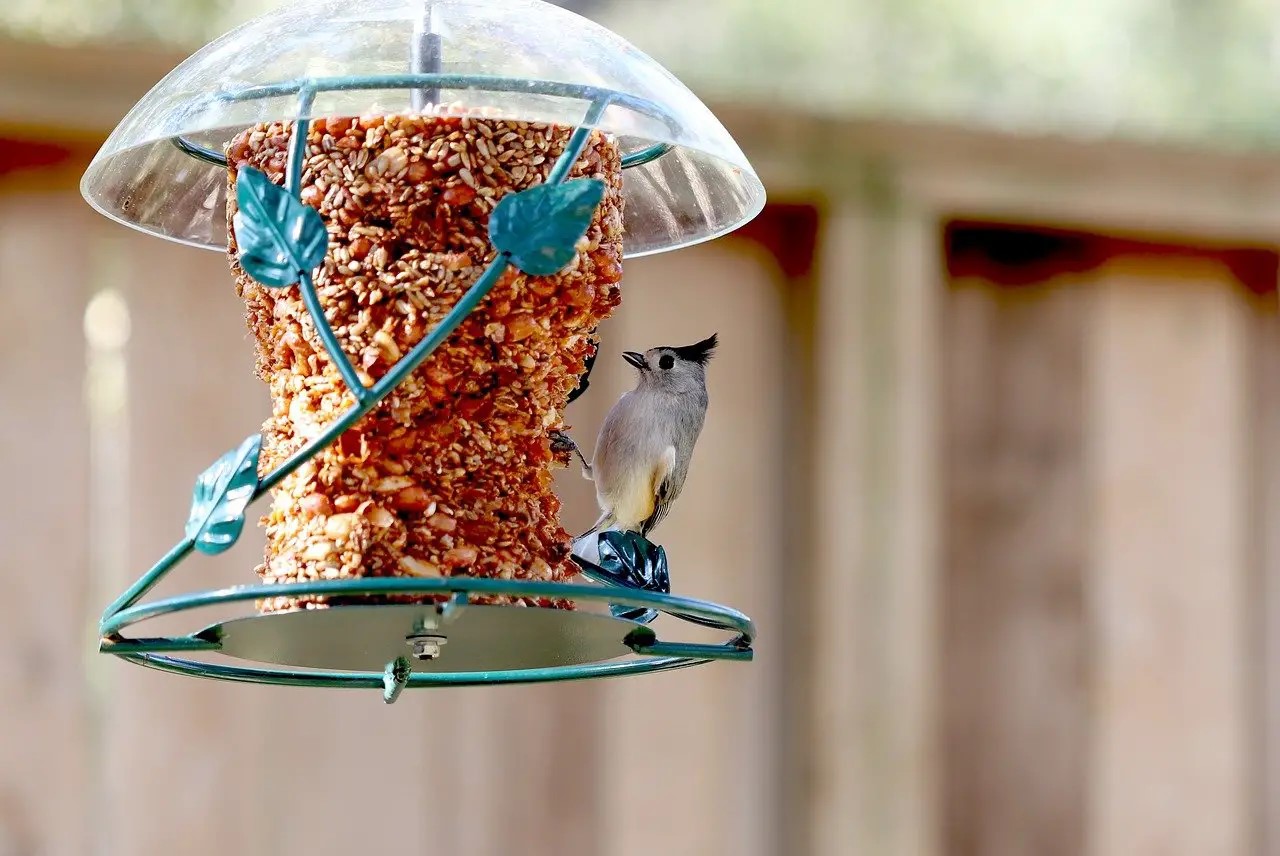
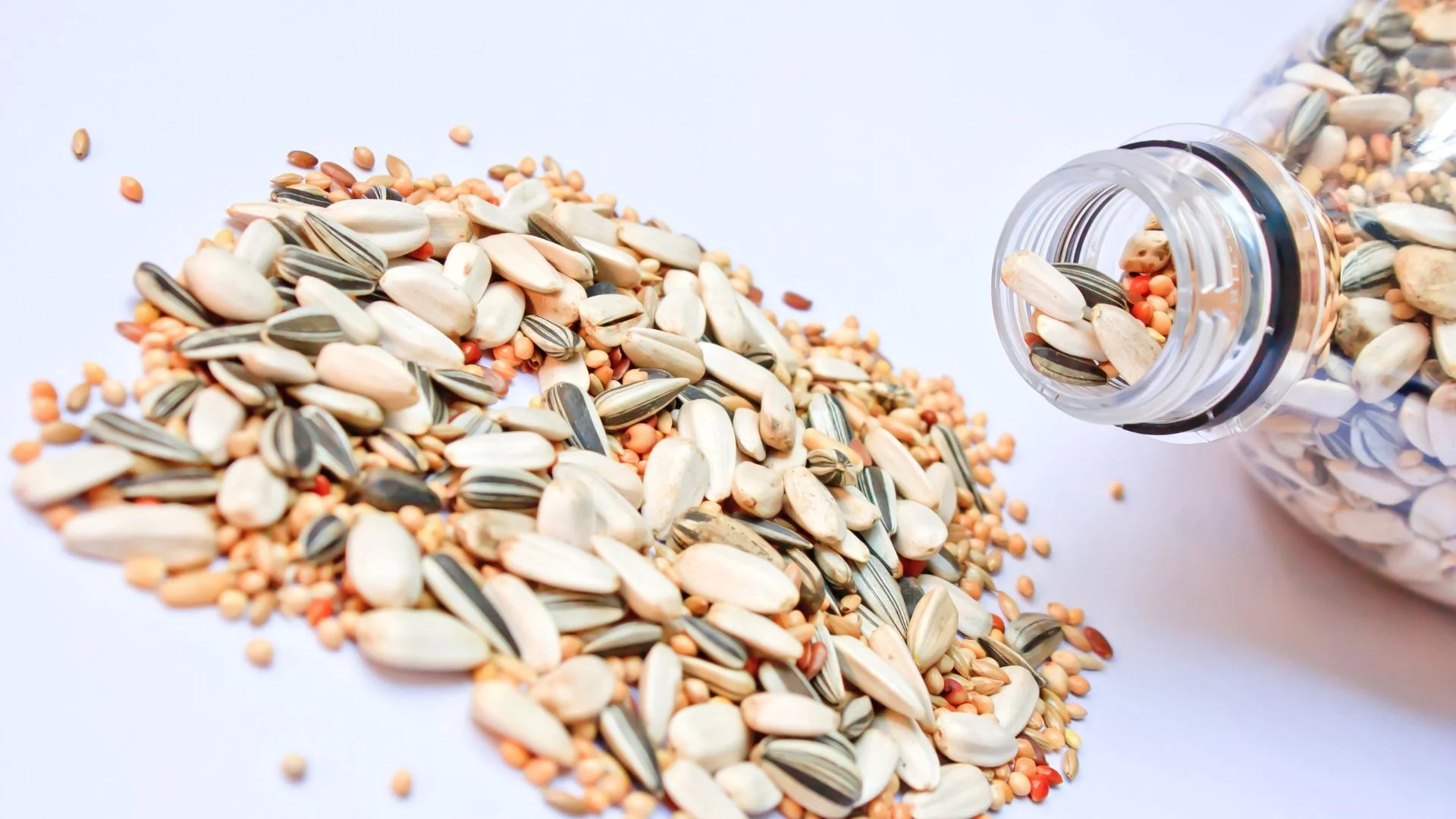
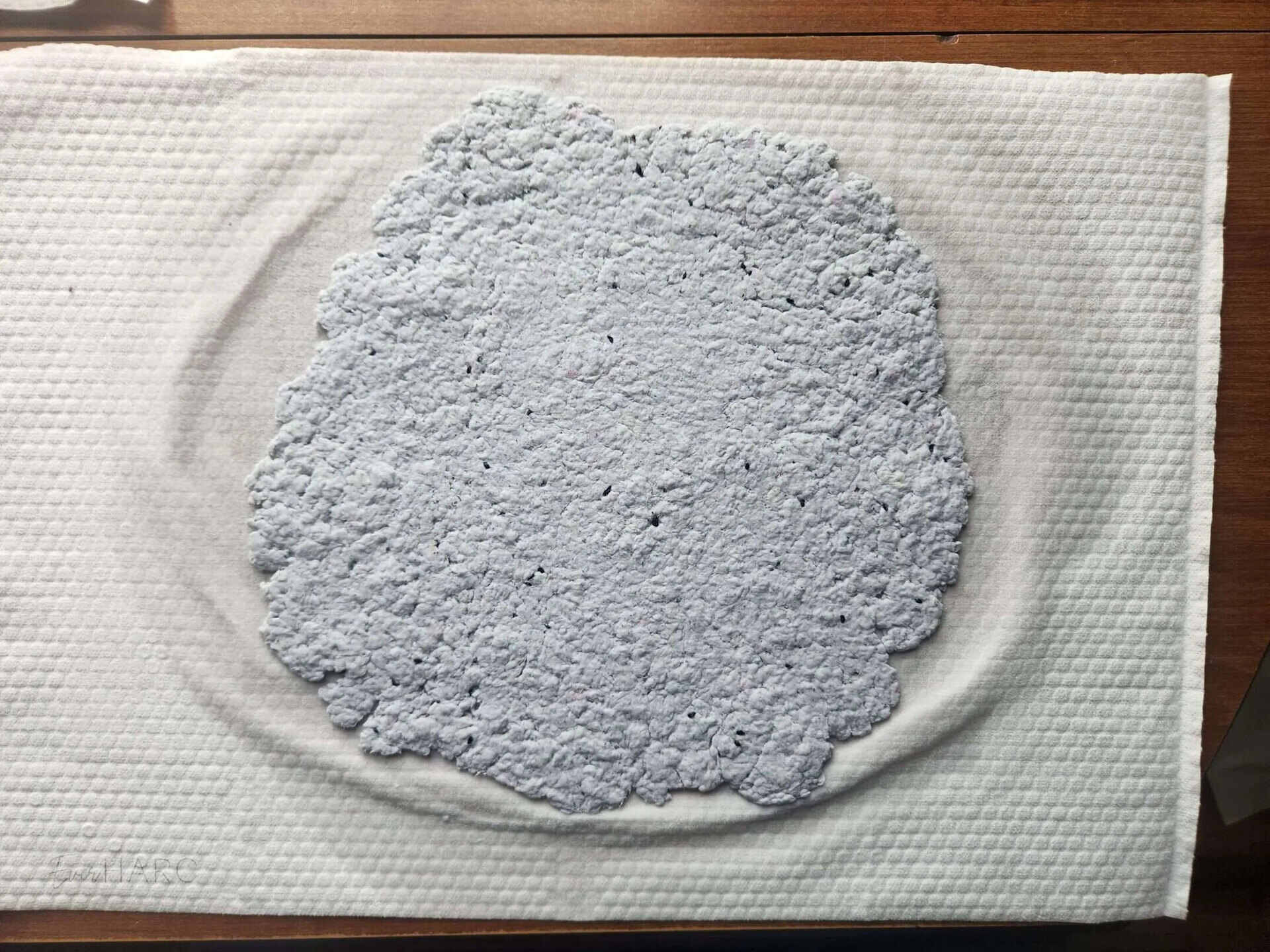
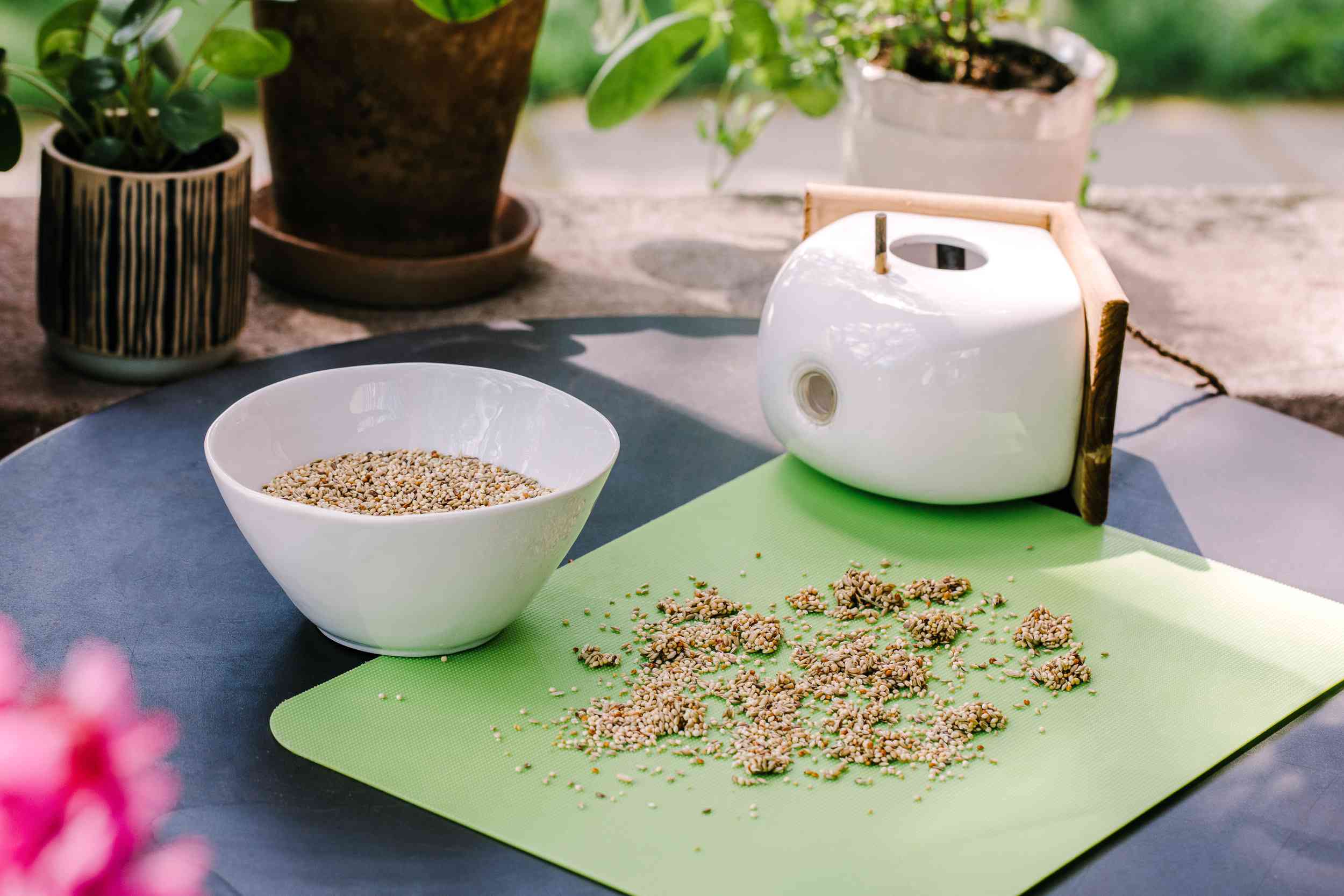
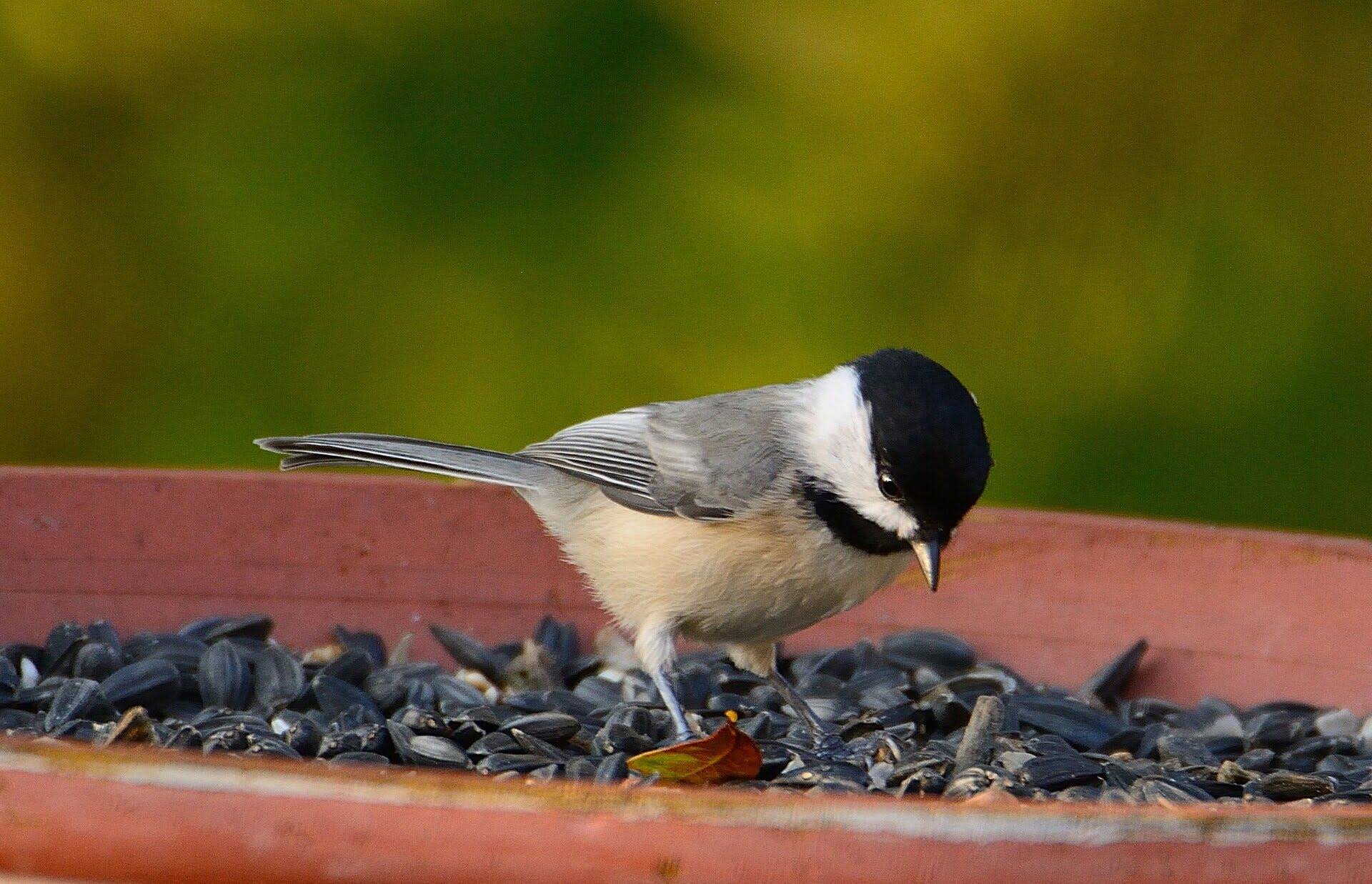

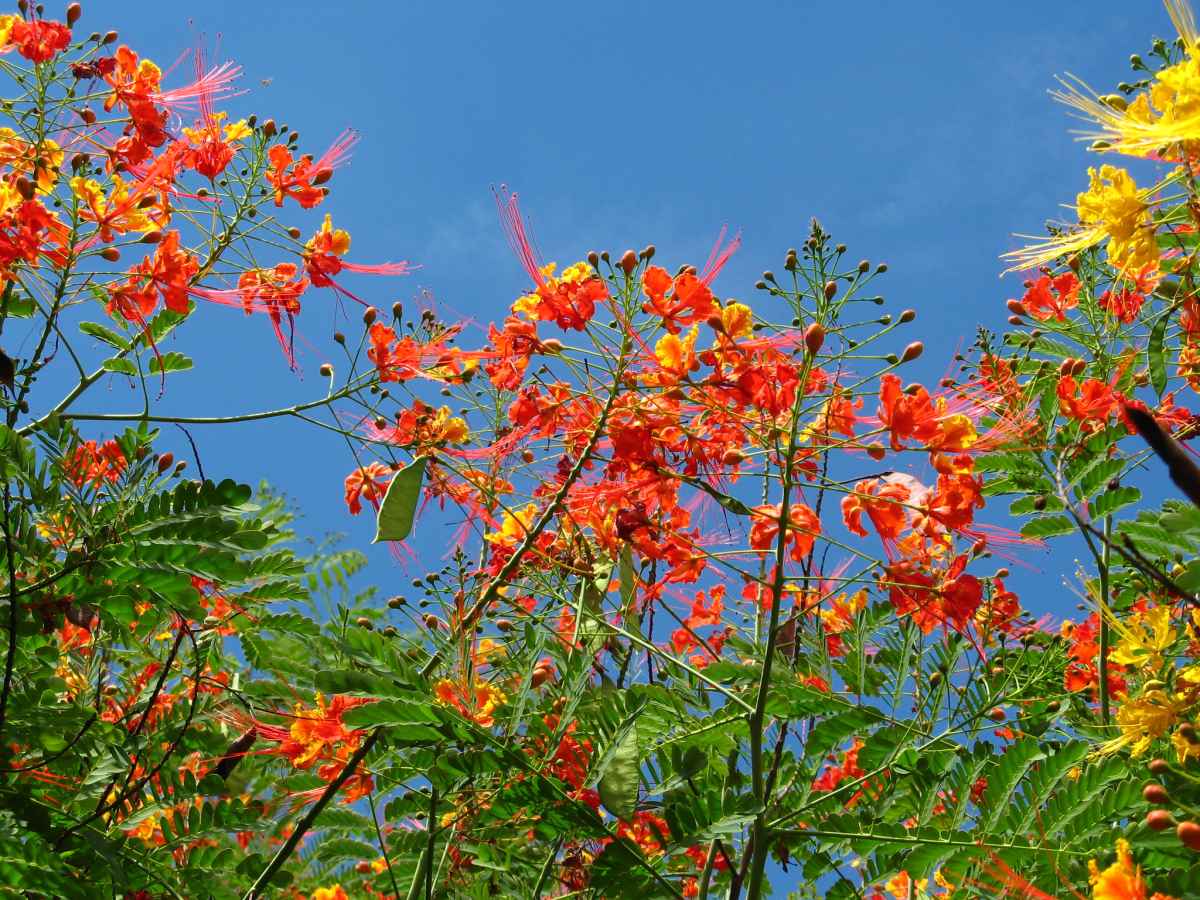
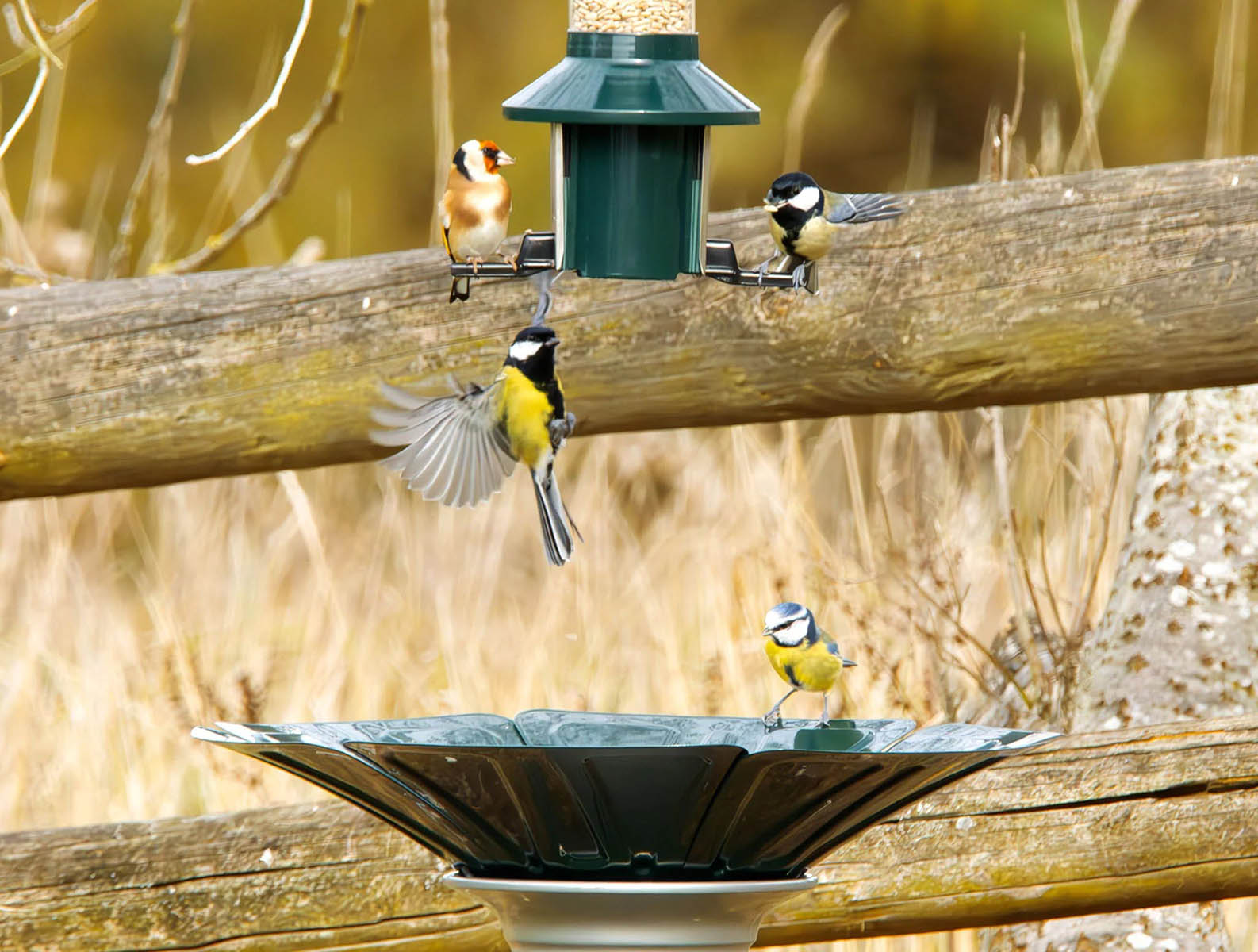
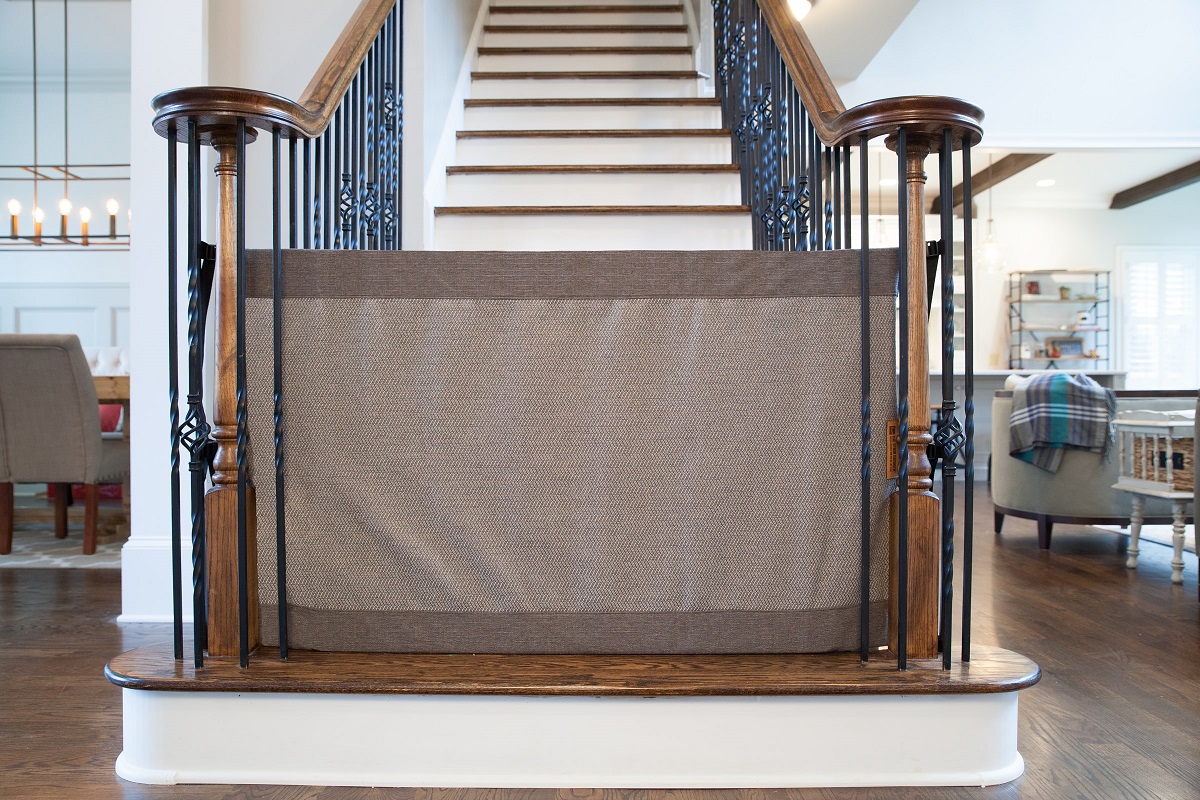
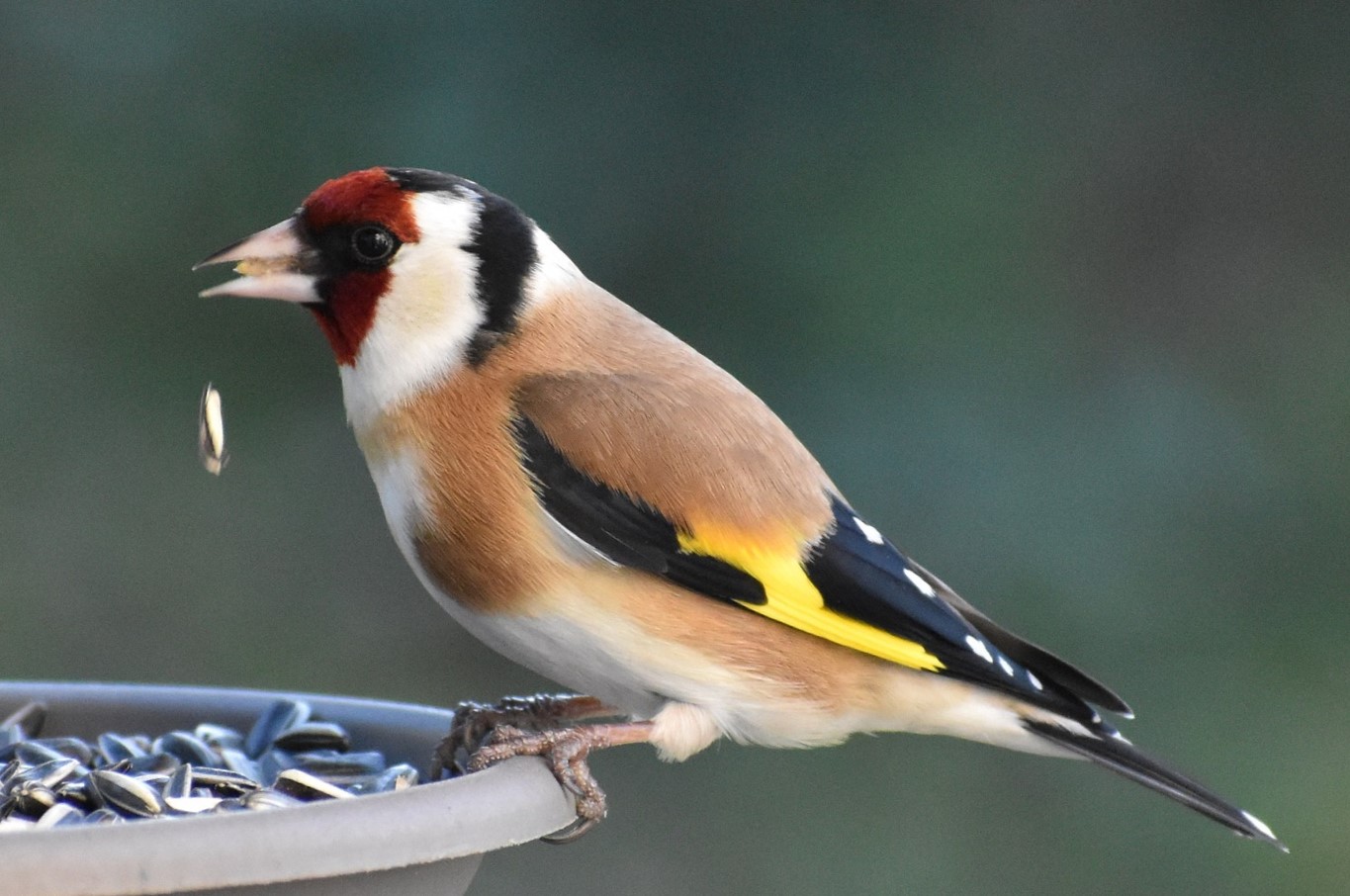
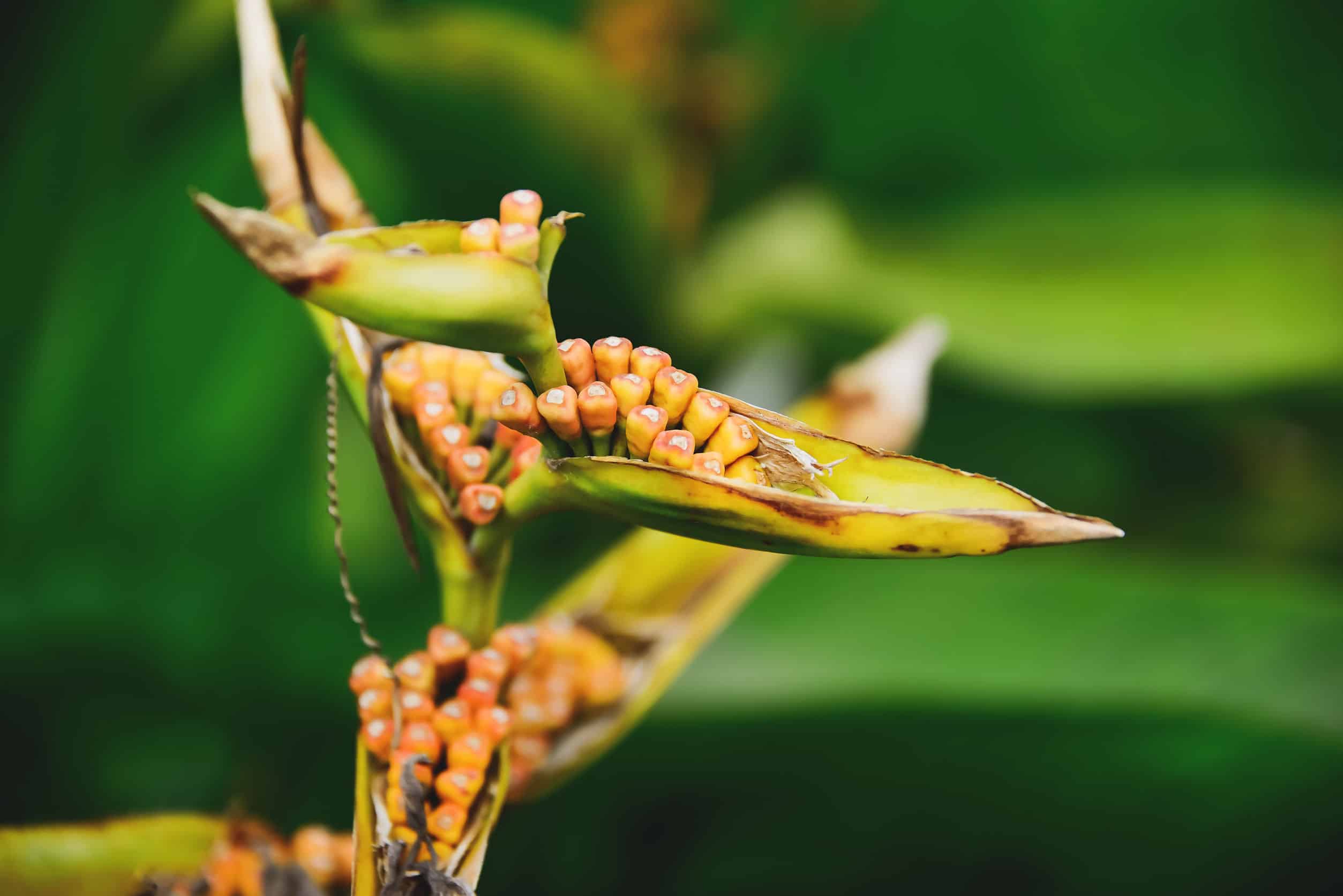

0 thoughts on “How To Make Bird Seed Blocks Without Gelatin”